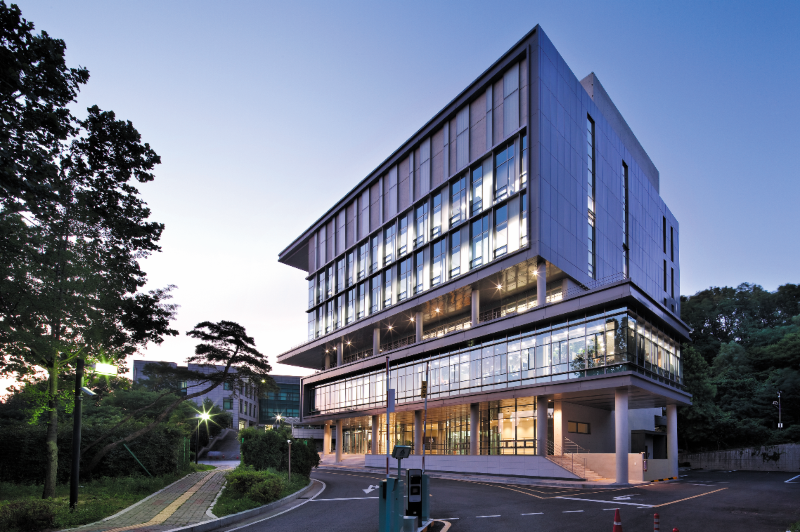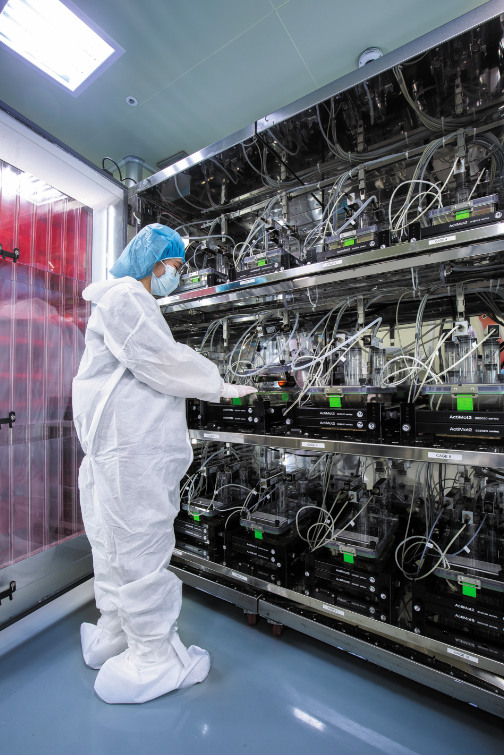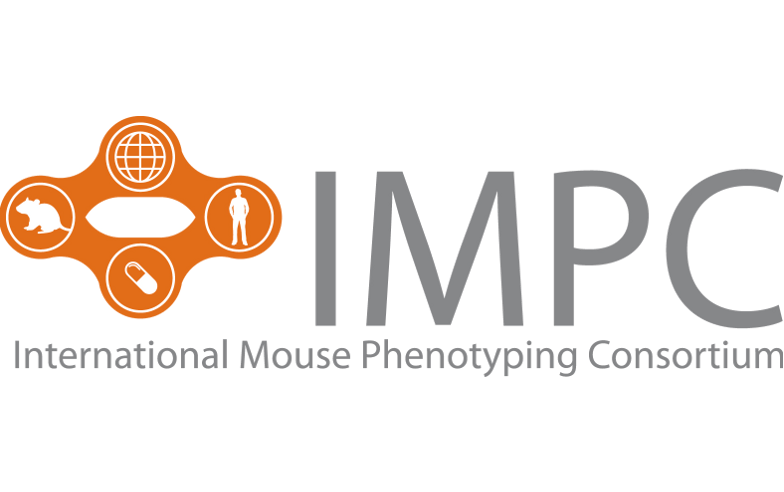언론보도
| 제목 | Mouse model database is a bank of potential | ||
| 작성일 | 2020-05-28 | 조회수 | 14020 |
| 작성자 | 관리자 | ||
Mouse model database is a bank of potentialThrough an expanding archive of mouse models, South Korea is helping accelerate global research into human diseases.KMPC is located within Seoul National University.© Joonhwan Yoon The Human Genome Project estimated there could be up to 25,000 human genes, so defining their individual roles is a mammoth task. Fortunately, mice have approximately 97.5% of their working DNA in common with humans, and genetically engineered mice have become indispensable for investigating the genetics of diseases and testing new drugs. Mouse phenotyping studies analyse biological properties, such as the evolution of disease symptoms, in mice that have had a specific gene modified, added or removed. “We live in an ageing society, so we need to deal with more diseases that affect the elderly,” says Je Kyung Seong, director of the Korea Mouse Phenotyping Center (KMPC), and professor at the College of Veterinary Medicine of Seoul National University. “Our diet has become more westernized, leading to a rise in metabolic diseases such as diabetes and obesity.” Je Kyung Seong, director of KMPC and a professor at Seoul National University. © Yoon-Jung Nam
This led the South Korean government to establish nationwide infrastructure to set standards for phenotyping research of mouse models of disease in Korea. The Ministry of Science and ICT in South Korea launched the KMPC in 2013, investing US$170 million over 10 years. Since then, the centre has been providing services for production of mutant mice and systemic mouse phenotyping. In 2016, KMPC applied the enzyme Cpf1 to edit the mouse genome with even more precision than the widely used alternative, Cas9. “Through our work, we have increased the potential for new drug discoveries,” says Seong. After the centre’s initial 10-year period KMPC intends to continue to meet researchers’ needs on mouse genetics to help reveal unexplored genetic landscapes. The centre also created the Mouse One Portal (MOP) as a bespoke genetically engineered mouse resource from which researchers can select the perfect mouse for their study. “The MOP will be expanding into functional annotation of mouse genome with South Korean patients’ genes,” says Seong, “and we hope to combine our data with the Korean Animal Model Archive to help build a national genetic variation dataset.” In 2013, the KMPC joined the International Mouse Phenotyping Consortium (IMPC) — an international collaboration on mouse model research. “All the institutions involved follow an identical protocol for mouse phenotyping, meaning we can share our data on one platform,” explains Seong. KMPC has already added more than 100 genetically engineered mice to the shared database. A researcher at KMPC’s metabolic chamber.© Yoon-Jung Nam Through its work with the IMPC, the KMPC hopes to improve the efficiency of mouse phenotyping and reduce the time and expense of investigating human diseases and finding new treatments. “We are making big steps towards understanding human gene functions,” says Seong. “We are proud to be part of this global collaboration.” |
| 다음글 | |||
| 이전글 |






 https://www.nature.com/articles/d42473-020-00131-x
https://www.nature.com/articles/d42473-020-00131-x


